A comprehensive guide to moving from Ireland to Scotland
Learn how to move from Ireland to Scotland with our comprehensive guide. Find tips on planning, housing, legal requirements, and more for a smooth transition.
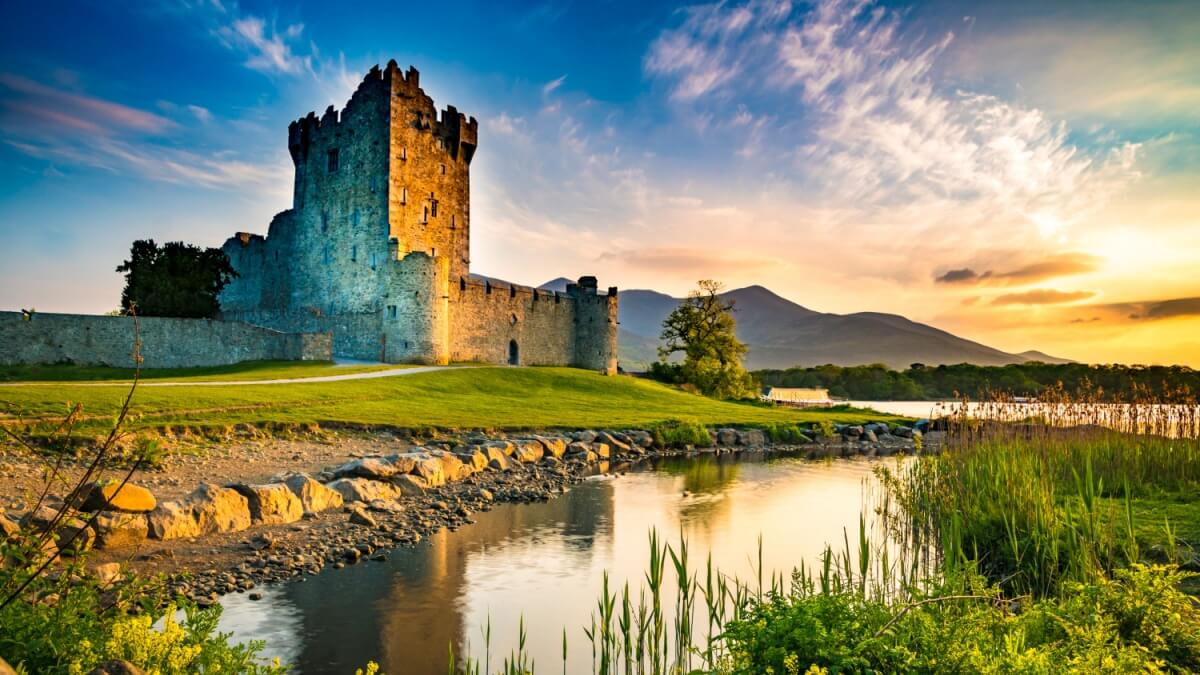
Scotland has an amazing wealth of historic buildings, including castles and other landmark properties. If owning a castle in Scotland has captured your imagination you might be wondering if there are any specific legal requirements for buying a Scottish castle as an Irish citizen. This guide looks at how to buy a castle in Scotland, including the potential costs.
To help make your dream of castle ownership in Scotland a reality, we’ll also touch on Wise large transfers as the smart way to send money from Ireland to the UK with the mid-market exchange rate, low costs and discounts for high value payments.
Send secure large
transfers with Wise 💷
Yes. Irish citizens can buy a property in Scotland - including a castle or other listed buildings - with the same rights as a UK citizen¹.
Bear in mind that while castle ownership in Scotland is legal, you will have a responsibility to follow any rules connected to the property - such as respecting its listed status if it’s a listed building. We’ll look at this, and what it means for the owners of historic properties in Scotland in a moment.
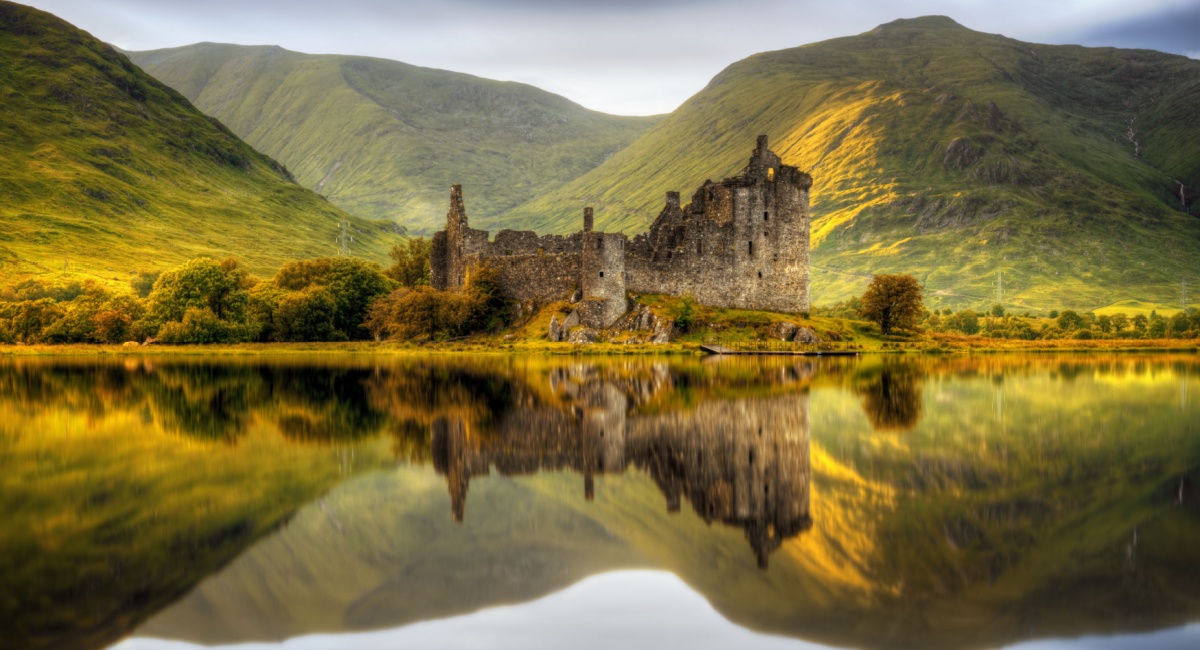
Buying a castle in Scotland may not be an option for everyone, but with so much rich heritage in Scotland, it’s no surprise to see that there are a number of agents dealing in castle sales, including specialist service Castleist.² Major estate agents like Savilles³ also market castles in Scotland, and popular magazines such as Country Life⁴ combine commentary and glamorous photos with castle sale details for potential buyers.
At the time of writing, Castleist has an astonishing 28 castle properties listed at locations throughout Scotland, from renovation projects starting at just 130,000 pounds, through to fully restored properties which are marketed for 5 million pounds or more.
Geographically, the spread of historic properties in Scotland is enormous - look for options in the Highlands and Islands, through to places in Edinburgh or Berwickshire just over the border from England.
Most castles for sale in Scotland also come with significant amounts of land, including woodland, gardens and more.
Scottish castles are usually listed buildings, which is shown on the property marketing information, and which makes a huge difference to how you can alter and use the building once you buy it.
When looking for a Scottish castle for sale you’ll find there’s a fair amount of variety in what’s available. This means you’ll need to think carefully about your objectives - are you looking for a project to return a property to its former glory, an investment, or a commercial opportunity for example.
Some things to think about if you’re considering Scottish property investment from Ireland include:
Weighing up all of these factors, as well as price, will help you narrow down your search - and as many castles in Scotland are sold without ever hitting the mainstream market, you may also decide that working with a specialist agent is helpful. An agent can guide your search and may unlock properties you won’t find on real estate websites.
To buy a castle in Scotland as an Irish buyer the legal process and requirements are fairly similar to buying any Scottish property. However, the age, size and listed status of a castle may mean taking a bit more time to work through the purchase process.
As part of your offer on any purchase of property in Scotland you can expect to be asked for the following:
- Proof of identity for all purchasers, such as a passport or driving license
- Proof of address for all purchasers, such as bank statements or utility bills
- Proof of the source of your funds, such as bank statements showing your income, or a mortgage agreement from your bank.
If you intend to make an offer, the seller is usually obliged to give you a home report covering any known issues. However, given the age of the property in question, you’ll be advised to also get a structural survey and other checks, including looking at things like boundaries and rights of way through the land attached to the castle.
The legal process for buying a castle then requires you to submit an offer, either as a blind bid or in open negotiation with the seller. Here it can be helpful to have an agent advise you - as castles are a niche market, the opportunity for negotiation is likely to be higher than when buying a standard home.
Some properties are listed as ‘price on application’ or ‘offers above’ a fixed amount, for example, which both invite discussion about the final details of the agreed sale.
If any renovations are needed in the castle your options are likely to be dictated by the listed status of the property.⁵
Properties are listed as Category A, B or C, and when you have a listed property there are very strict rules to follow around any renovations or alterations.
Category A: national or international significance
Category B: regional or local importance
Category C: local importance
Any changes or updates are likely to require planning permissions, and you may be obliged to use traditional methods and materials to renovate - which can be very expensive.
The cost of buying a castle in Scotland is enormously varied and depends on the location, condition, and size of the property, as well as other factors like land, required restorations and commercial potential.
At the time of writing, there are renovation properties which would require a staggering amount of work listed at only 130,000 GBP, through to large, well appointed and fully restored places at 5 million pounds or more.
As buying a castle is a pretty unique market, there’s not really an ‘average’ cost - you’ll need to invest time in research and work with knowledgeable agents to get a feel for the options based on your interests and budget.
When preparing a budget to buy a castle in Scotland don’t forget fees outside the property amount including:
If you’re looking for a way to move large amounts of money, have a look at the Wise Account.
With Wise, you can send secure and trackable large amount transfers to 140+ countries worldwide with transparent fees and the mid-market exchange rates.
Have a look at the main benefits for using Wise to send large transfers:
Open your Wise Account
for free 🚀
Step 1: Engage an agent and start your research
While there are specialist estate agencies and websites offering castles for sale, getting an agent to help is common, as many popular properties do not get advertised on open markets.
Step 2: Conduct viewings and get a home report
The owners of castles - like the owners of most other properties in Scotland - are likely to be obliged to give you a home report if you can demonstrate you’re a serious buyer. This can give initial indications into the condition of the property, but is not likely to substitute a formal structural survey.
Step 3: Make an offer - a blind bid, or a negotiated offer depending on the sale type
Here you can hand matters over to your solicitor who will 'note' your interest with the seller and then manage the negotiation process. The bidding process is not likely to be needed unless there are many people also interested in buying the property. Your agent can help guide you through this process.
Step 4: Missives and conveyancing
Next your solicitor will work though due diligence checks and the conveyancing process. This marks the point at which you can not pull out of the purchase without penalty. You’re likely to be asked to pay a deposit at this stage. Bear in mind that due diligence checks on a historic property are likely to be far more involved than on a standard building, and therefore take longer.
Step 5: Settlement and registration
On settlement day, you can finally complete the purchase and become the official owner of a castle in Scotland. You’ll need to pay all the outstanding purchase price, settle your taxes, and then you can get your keys.
| Read also: What is the best way to send money from Ireland to the UK for buying property? |
|---|
Sources used:
Sources last checked on date: 13th November, 2025
*Please see terms of use and product availability for your region or visit Wise fees and pricing for the most up to date pricing and fee information.
This publication is provided for general information purposes and does not constitute legal, tax or other professional advice from Wise Payments Limited or its subsidiaries and its affiliates, and it is not intended as a substitute for obtaining advice from a financial advisor or any other professional.
We make no representations, warranties or guarantees, whether expressed or implied, that the content in the publication is accurate, complete or up to date.
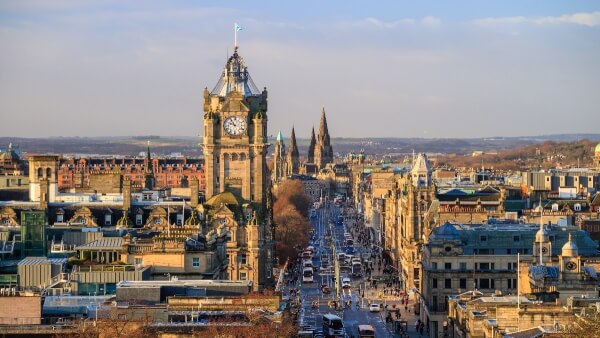
Learn how to move from Ireland to Scotland with our comprehensive guide. Find tips on planning, housing, legal requirements, and more for a smooth transition.

Do you need to renew your Irish passport in London? Check out the process and the renewal fees.
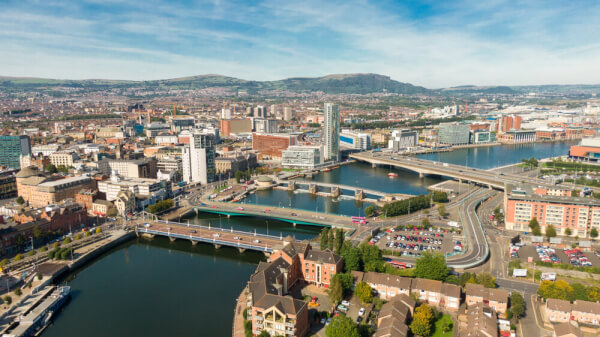
If you are moving to Northern Ireland from the Republic of Ireland, check out information about cost of living, healthcare, opening a bank account and more.
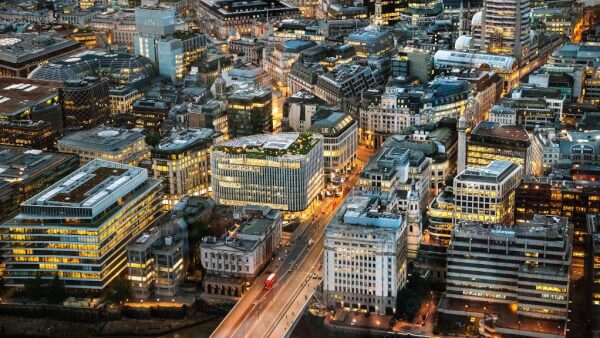
Thinking of moving to the UK from Ireland? Check this comprehensive guide on how to go about it.